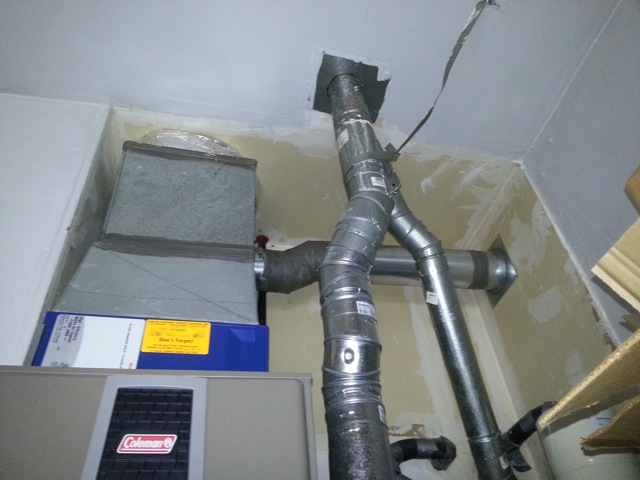The quality of the air in your home affects your family’s health in more ways than you might think. If you find yourself suffering from an illness, or you notice moisture damage or strange smells, you may have home systems that are harming your indoor air quality. Here are five top home systems that you should check and monitor that could be affecting the air quality in your home.
Ventilation System
If your home is not sufficiently ventilated, you may notice humidity, mold growth, dust mite infestations, odors, and more. A Seattle ventilation assessment will check and adjust existing exhaust fans and indicate the need to install constant-flow exhaust fans, a fresh-air intake duct, or a heat-recovery ventilation system.
Heating System
Sometimes, your home heating system may be the cause of poor indoor air quality, or your insulation may be faulty or insufficient. Disconnected or damaged HVAC ducting may also be contributing to odors, heating problems, and other air quality concerns. An indoor air quality inspection will identify these sources.
Roofing/Attic
Not only can roofing leaks cause a lot of expensive water damage, they also result in poor indoor air quality and worse — dangerous exposure to asbestos if you have it in popcorn ceilings. If you notice mold growth in your attic or on your ceilings, you may want to have your roof inspected for leaks or damage by a Seattle environmental testing professional.
Plumbing
Smells are often the most noticeable symptom of a problem, and sewer leaks are the most obvious, since they usually coincide with a strong scent of sulfur or sewage odors. Sewer gases contain methane (an explosive compound), hydrogen sulfide, and bacteria. Therefore, addressing a bad odor or leak possibility with immediate inspection and testing is important to avoid harm to yourself and your family through airborne toxins associated with a leak.
Bathroom Fans
After you take a shower or bath, extra humidity and moisture are present in the air. To deal with this moisture and prevent condensation or mold, you should actively use your bathroom exhaust fan. However, most homes have very low-quality fans installed by default, and the homeowner should upgrade to a more effective fan. Click here for more information and ways to tell that you should replace your bathroom fan.
Contact us for your indoor air quality testing needs!
Comments are closed.

